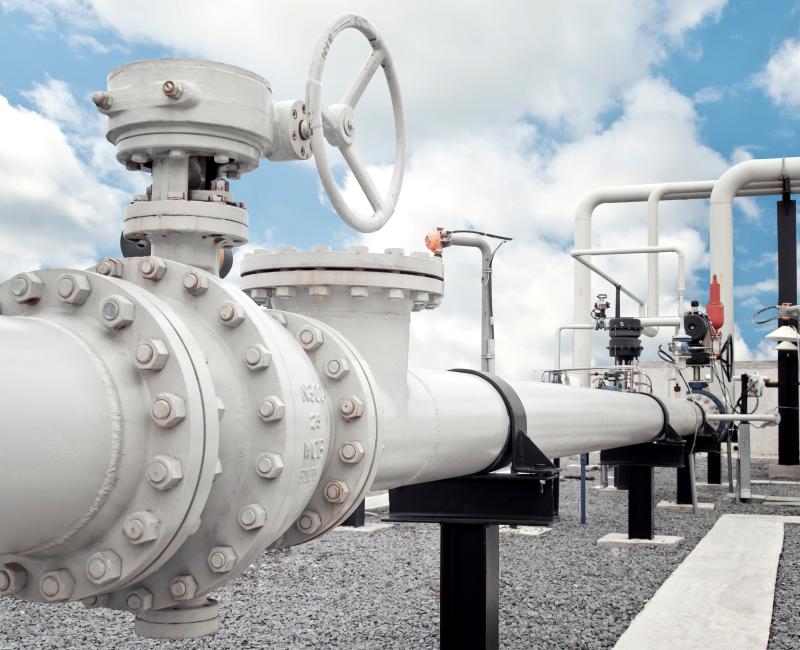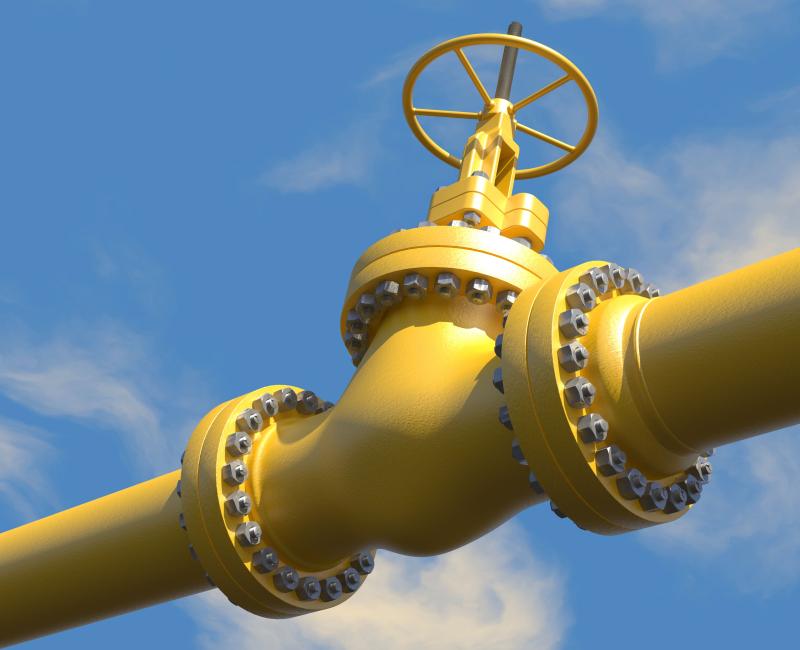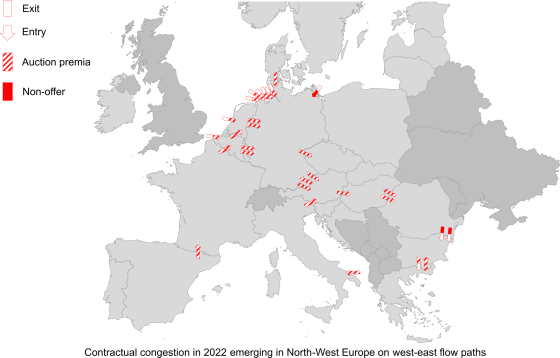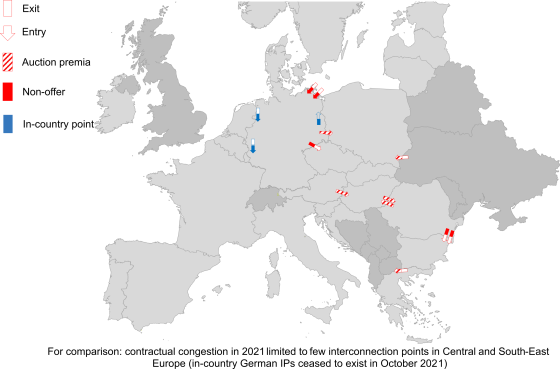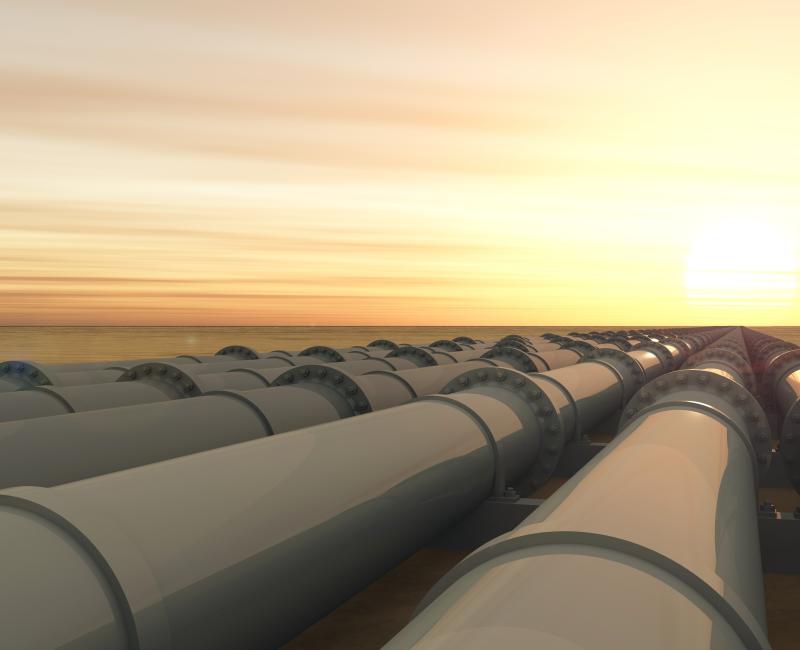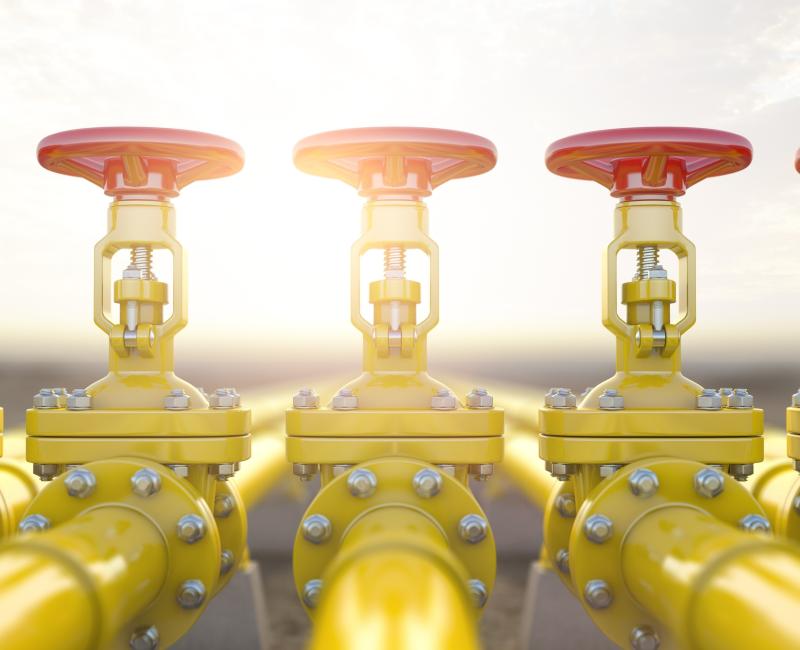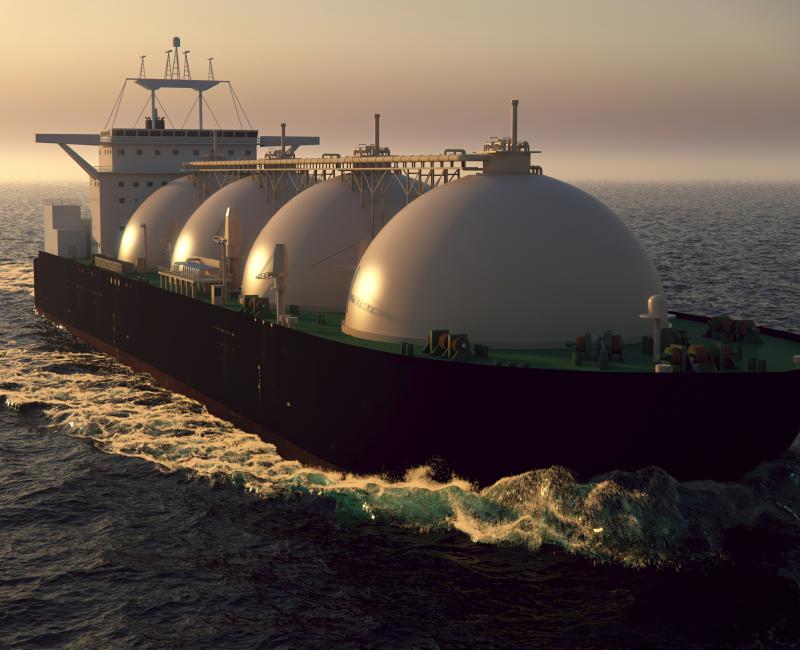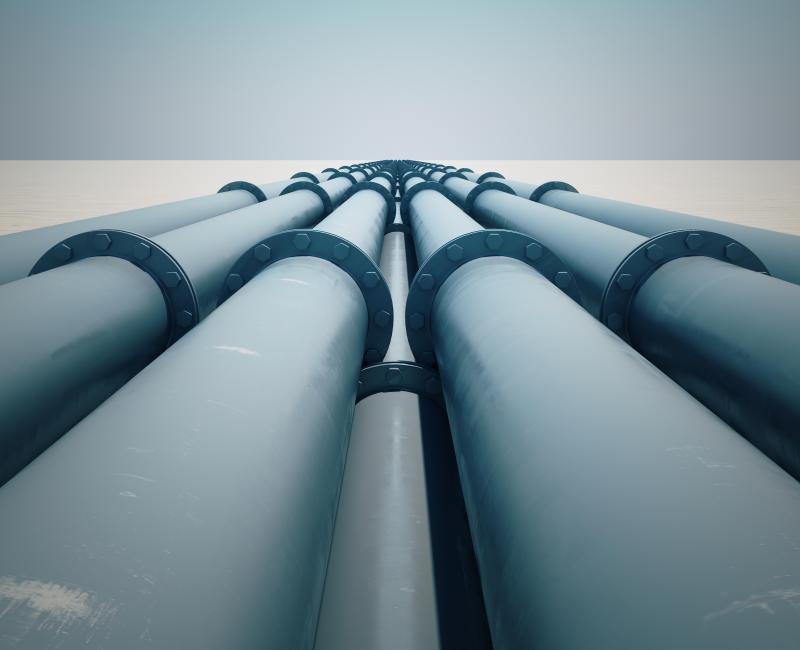ACER and ENTSOG propose solutions for increased flexibility to book firm gas capacity at interconnection points

ACER and ENTSOG propose solutions for increased flexibility to book firm gas capacity at interconnection points
What is it about?
In January 2020, the European Federation of Energy Traders (EFET) reported a functionality process issue to the Functionality Platform and proposed to enhance the availability of firm gas capacity at interconnection points (IPs).
ACER and the European Network of Transmission System Operators for Gas (ENTSOG) have published a series of proposals that address the issue by providing shippers with greater flexibility to book firm capacity at IPs.
What is the functionality process issue about?
EFET considers that the current Network Code on Capacity Allocation Mechanisms (CAM NC) standard auction timetable limits gas trading opportunities, which could affect market efficiency and the quantity of capacity sold by Transmission System Operators (TSOs).
What is the proposed solution?
EFET’s proposal suggests enabling TSOs to sell firm IP capacity in uniform price allocation (UPA) auctions outside the current yearly, quarterly and monthly auctions envisaged by the CAM NC.
The ACER and ENTSOG proposed solutions go beyond the initial EFET proposal. They aim at enhancing the effectiveness of the capacity allocation rules of the CAM NC, while ensuring their adaptability with market conditions and market participants’ needs by:
- Introducing additional booking opportunities;
- Allowing for advance booking of monthly and daily capacity products;
- Improving the efficiency of allocation process; and
- Introducing more flexibility to adapt several CAM rules and parameters.
What are the next steps?
The Issue Solution Note and the Issue Supporting Note (Annex I) are available at the case page: Greater flexibility to book firm capacity at IPs.
ACER and ENTSOG will publish additional documents (Annex II to the Solution Note) to propose corresponding amendments to the CAM NC.
